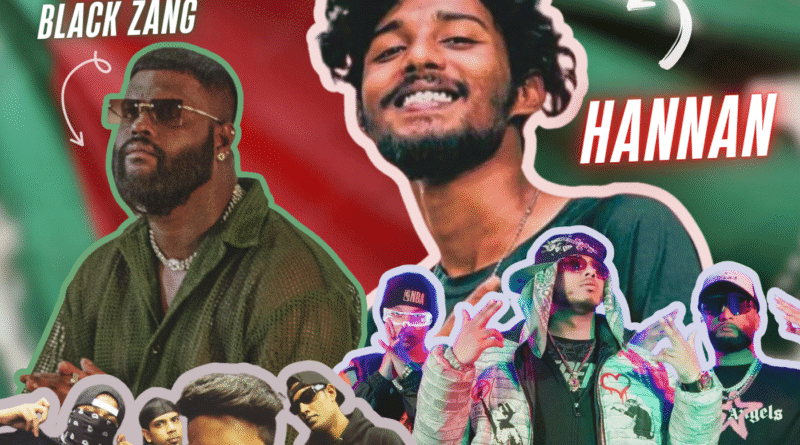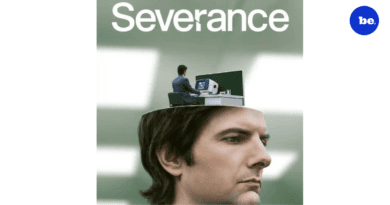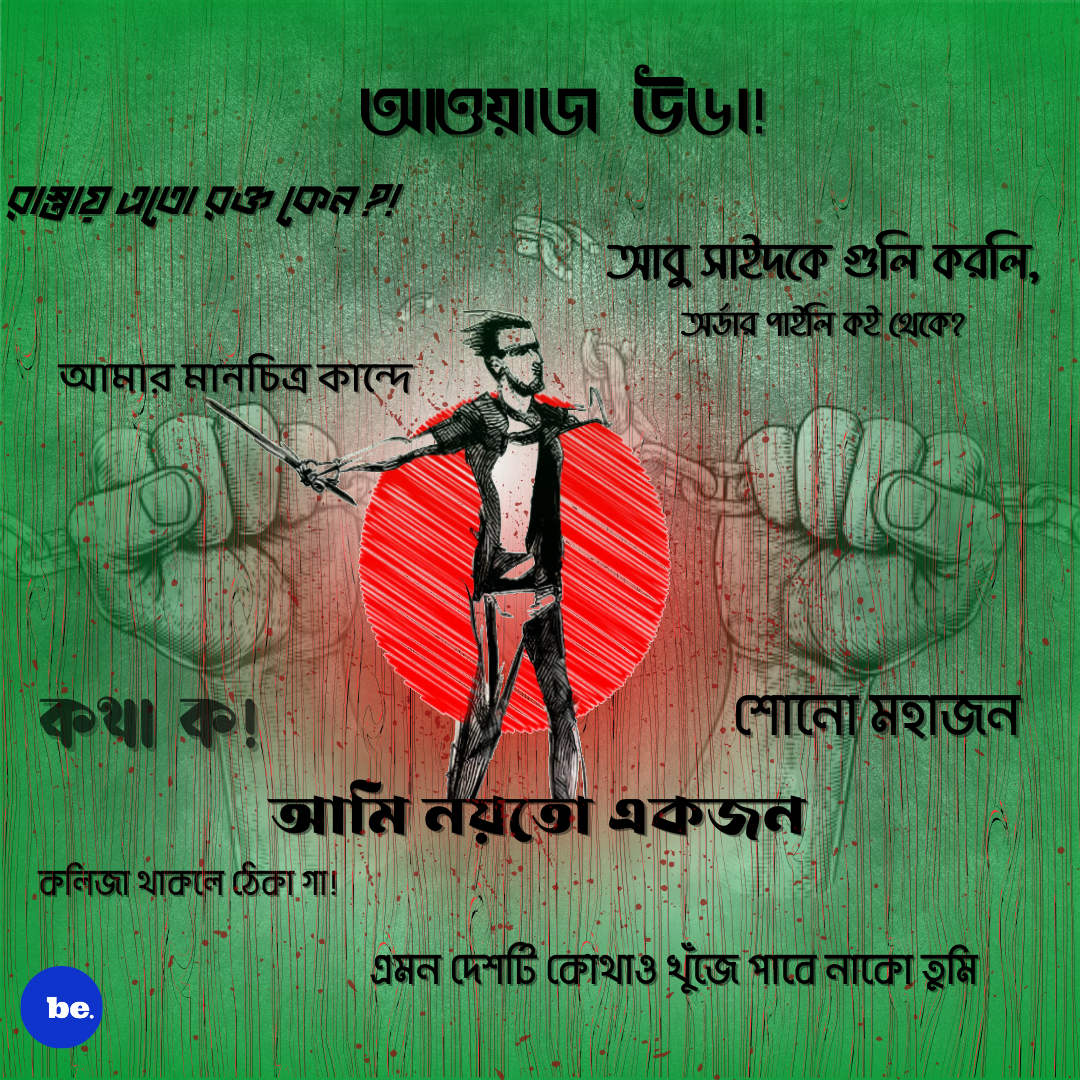Rhymes of resistance: How rap catalyzed revolution
In recent years, rap music has been used as a powerful tool of expression, thus growing from an underground practice into a culturally vibrant genre in Bangladesh.
Although the genre dates back to the 1990s, pioneering groups like Stoic Bliss and Deshi MCs popularized it in the nation by introducing rap suited for the urban audience. Their music captured the energy of Dhaka’s streets and gave voice to the people wanting to speak up. While mainstream media largely ignored them, their influence spread rapidly online. “Abar Jigay” was on everyone’s MP3 player in the city streets.
In the 2010s, rap matured into a more diverse form, albeit still being quite niche. Black Zang, Jalali Set, and Uptown Lokolz are among the notable artists from this time who expanded the scene’s reach in this period. With the help of social media, people could find the voices of new independent rappers, who experimented with the genre, bringing fresh perspectives.
Rap has been a medium to point out societal and political injustice since its inception. It became a powerful form of protest during the July 2024 student uprising, when the genre gained national relevance. Up-and-coming artists Hannan Hossain Shimul and Shezan released tracks like “Awaaz Utha” and “Kotha Ko,” capturing the frustration and hopes of thousands marching against inequality and authoritarianism. These songs were rallying cries resonating with the revolutionists.
Tahira Tasnim Raihan (Sophomore, MNS) shares how rap influences her life, “It helped me through a lot of difficult times. I resonated with what I was listening to emotionally. The god complex of some rappers helps me overcome my inferiority complex and get on with my day.” Rap speaks to the youth and preserves urban stories often left out of mainstream narratives. In a country where free speech is often under threat, rap has become a spectacle of our society.




